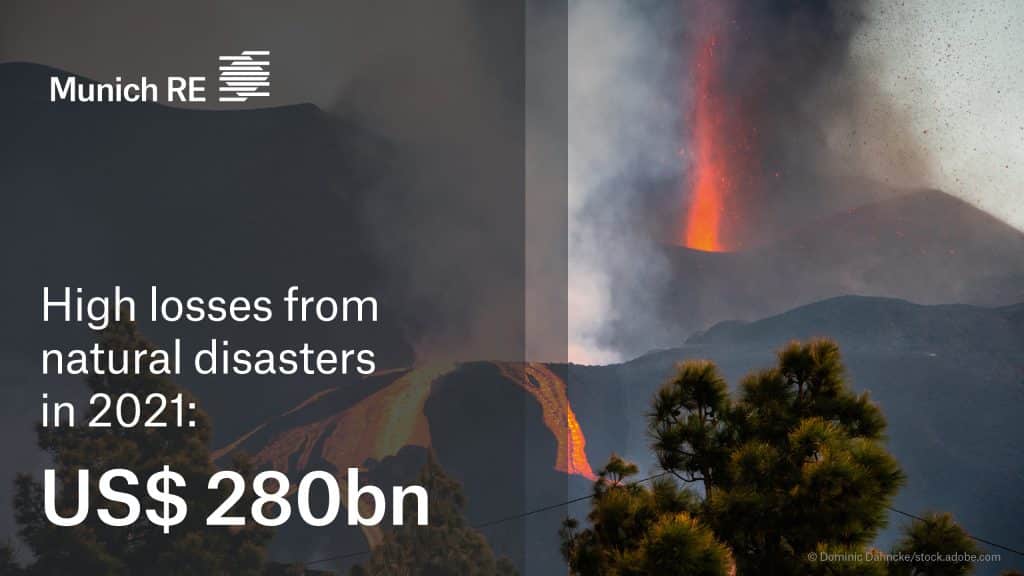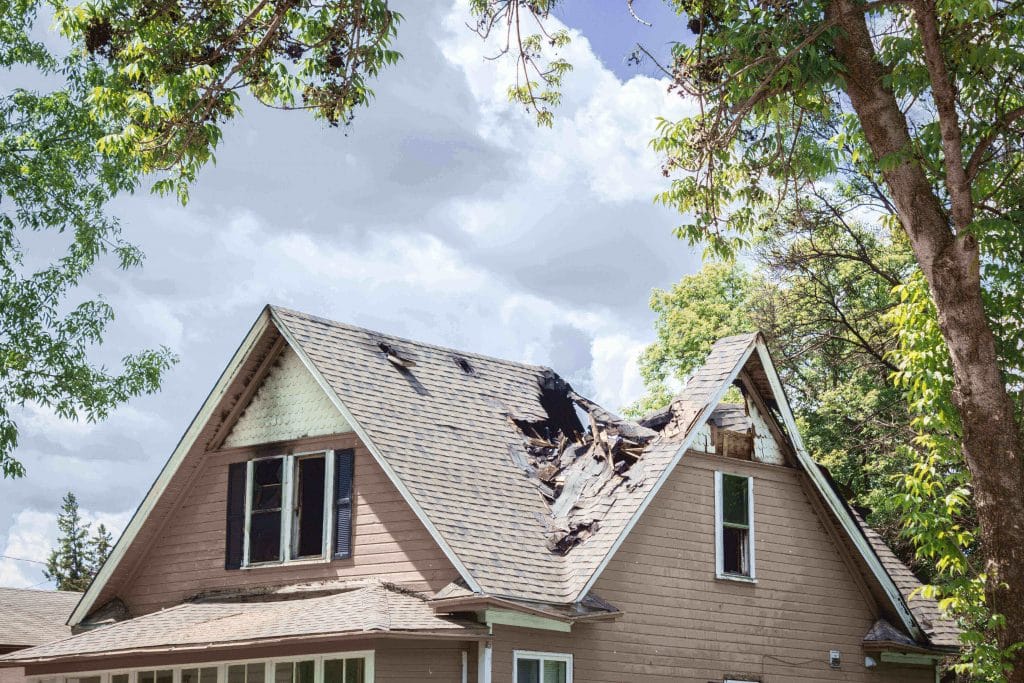By SingleSource | Last updated September 27, 2022
Natural disasters leave communities devastated and properties damaged. From hurricanes to tornados, earthquakes, wildfires, extreme rain and flooding, high winds, heavy snow damage, and yes, even volcanic eruptions, we’ve seen it all. And disasters aren’t slowing down.
In 2021 alone, damages from natural disasters hit $280 billion worldwide – higher than in the 2 previous years. Losses in 2020 amounted to $210 billion and in 2019 they were $166 billion.


Natural disasters are a topic of concern that have a direct effect on mortgage lending and loan services. Insurance claims aside, mortgage lenders have made a loan that is secured by the property mortgaged. These loans range up to 30 years and put the lender at risk if a disaster damages the subject property, reducing its value during the lending transaction and/or throughout the loan term.
The Importance of Disaster Inspections
Post-disaster inspections (or FEMA inspections) provide a necessary layer of protection for lenders. Oftentimes, an appraisal is completed on a property, then a storm may occur. Even though an appraisal was just completed, an inspection must be ordered to ensure the property has not been damaged.
If the property is damaged, you won’t want to go through with the loan until repairs have been made; protecting you from risks associated with storm damage – like leaking roofs. After everything has been repaired, a completion inspection or a whole new appraisal may be needed.
If you skip the disaster home inspection and make a loan on a property that is damaged, there is a good chance the mortgage may not be properly secured, and the borrower may default – leaving you with an asset that can quickly turn into a money pit.
No matter the situation, lenders will have properties in their portfolios that are affected by natural disasters. After a disaster has occurred, only a “boots on the ground” inspector with an onsite inspection can validate and verify the subject property’s current condition.
Why choose a Disaster Inspection?
Unlike a typical home inspection, which provides information on the condition of the property as a whole, a post-disaster inspection focuses primarily on property damage caused by a specific event. This can include damage to the inside and outside of the home. Disaster reports help to estimate damage and repair costs after a natural disaster event.
As the forecast for future natural disasters is on the rise, SingleSource has a variety of inspection reporting products that can get necessary information in the hands of mortgage lenders. This information is imperative to update your portfolio regarding the subject property located in a disaster area, in a timely manner, so you can make the best lending decision for every property.

